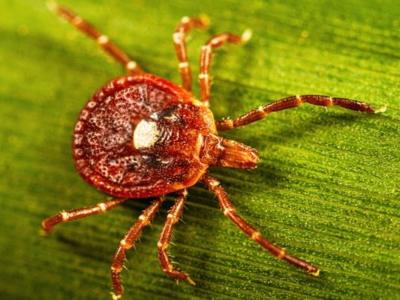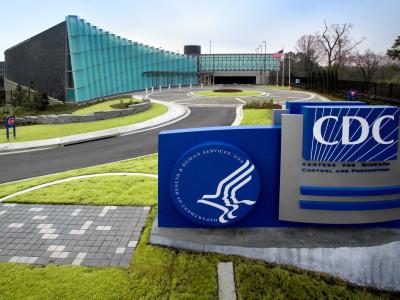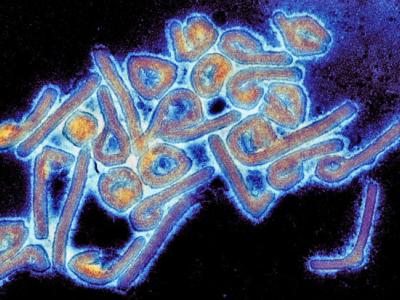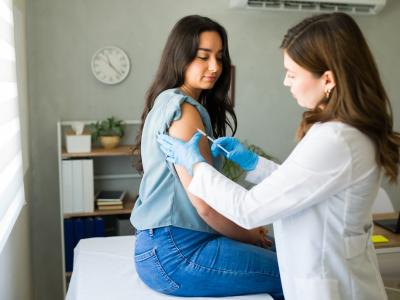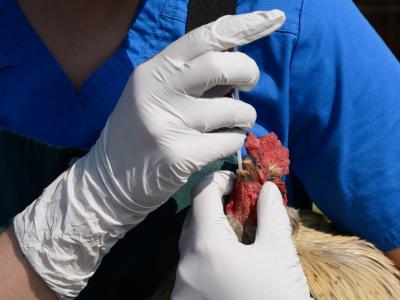Heart inflammation found in athletes after mild, asymptomatic COVID-19
Four of 26 competitive athletes (15%) who had recovered from mild or asymptomatic COVID-19 had evidence suggestive of myocarditis, or inflammation of the heart muscle, on cardiac magnetic resonance (CMR) imaging, according to a research letter published today in JAMA Cardiology.
Researchers from The Ohio State University performed CMR, electrocardiography, and echocardiography and measured serum troponin I levels in all competitive athletes referred to the sports medicine clinic 11 to 53 days after testing positive for coronavirus to detect myocarditis, which would flag athletes before they returned to play that they might be at high risk for sudden cardiac death.
Twelve athletes (26.9%) reported having only mild symptoms during their COVID-19 infections, including sore throat, shortness of breath, muscle pain, and fever. The remainder were asymptomatic.
While no diagnostic ST/T wave changes were evident, and ventricular volumes and function and serum troponin I levels were normal in all athletes, four male athletes showed signs of myocardial edema (swelling) and injury on CMR. Two of them had signs of pericardial effusion, or an accumulation of excess fluid between the heart and its surrounding sac.
Eight athletes had gadolinium enhancement on CMR without T2 sequence elevation, suggesting myocarditis. Athletes with signs of myocarditis had prolonged T2 sequences compared with those without signs (59 vs 51 milliseconds), suggesting dysfunction.
Two of the four affected athletes had had only mild shortness of breath, and the remaining two reported no symptoms.
The authors noted that a July study in the same journal also demonstrated cardiac findings in a significant number of recovered COVID-19 patients. "While long-term follow-up and large studies including control populations are required to understand CMR changes in competitive athletes, CMR may provide an excellent risk-stratification assessment for myocarditis in athletes who have recovered from COVID-19 to guide safe competitive sports participation," they wrote.
Sep 11 JAMA Cardiol research letter
Swiss study finds lower aerobic capacity in soldiers with COVID-19
A study of Swiss Army personnel found reduced aerobic capacity in recruits with symptomatic COVID-19 1 to 2 months after diagnosis, Swiss and British researchers reported yesterday in Eurosurveillance.
The study looked at 199 recruits (median age 21 years) belonging to two companies heavily affected by a COVID-19 outbreak at a Swiss Army base in March and April. The participants were sorted by infection status into three groups: convalescent recruits with symptomatic COVID-19 (n = 68), asymptomatic recruits with evidence of viral infection (n = 77), and a naïve group without clinical symptoms or evidence of infection (n = 54). The researchers then compared the results of a fitness test—which included an endurance run—conducted a median of 45 days after COVID-19 diagnosis with the results of the same test conducted 3 months before the outbreak.
The comparison revealed that nearly 19% of the COVID-19 convalescents saw a decrease of more than 10% in maximal aerobic capacity (VO2max), while VO2max increased by more than 10% in 14% of the naïve recruits and 8% of the asymptomatic recruits. Prior to the outbreak, VO2max was very similar between the three groups. Strength test results did not differ significantly before and after diagnosis.
The authors of the study note that while the data don't explain the pathophysiology behind the findings, reduced aerobic capacity is a hallmark of interstitial lung disease.
"This indicates the importance of further long-term follow-up studies to assess the extent and duration of the sequelae, as well as of infection prevention to avoid these long-term consequences," they wrote.
Sep 10 Eurosurveill study
Child-to-child SARS-CoV-2 spread rare in German schools, study finds
In another study yesterday in Eurosurveillance, German researchers report that child-to-child transmission of SARS-CoV-2, the virus that causes COVID-19, appeared very uncommon after schools and childcare facilities in the state of Baden-Wurttemberg reopened.
To gain a better understanding of SARS-CoV-2 transmission in schools and childcare facilities in Baden-Wurttemberg after they reopened in May, the researchers compiled and analyzed data from infected children (ages 0 to 19 years) who had been to those schools and childcare facilities from May 25 to Aug 5.
In total, 557 cases were reported during the study period (representing 17.9% of all 3,104 reported cases in the state), and information in school attendance was available for 453. Of these cases, 137 attended school or childcare facilities for at least 1 day in their infectious period, while 316 were at home during their entire infectious period.
More than 2,300 nasopharyngeal swabs were taken from the close contacts (teachers and students) of the 137 index cases, and from close contacts of secondary cases. Overall, 6 of the 137 index cases were found to have infected 11 additional pupils, and no secondary infections could be detected for the remaining cases, despite extensive contact tracing and swabbing of contacts. All remaining cases with information on school and childcare attendance were caused by other sources.
Based on these data, the researchers estimate one secondary case per roughly 25 infectious school days.
"Our investigation suggests that child-to-child transmission in schools and childcare facilities is uncommon and not the primary cause of SARS-CoV-2 infection in children," the authors of the study wrote.
Sep 10 Eurosurveill study
